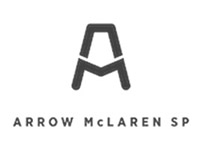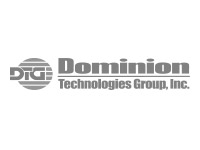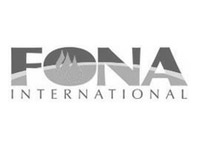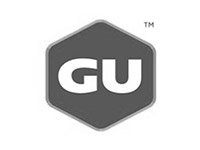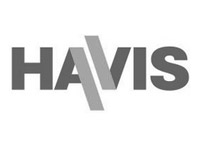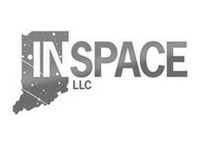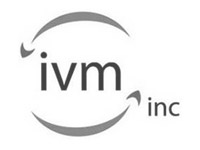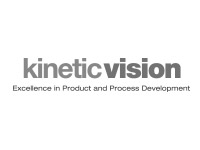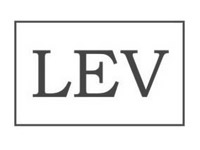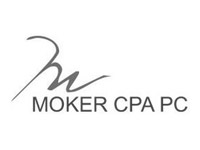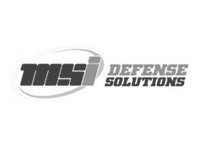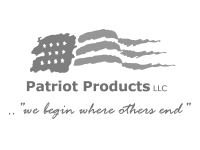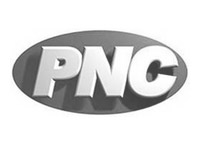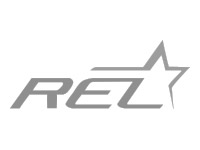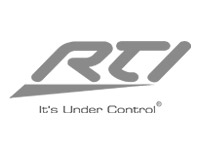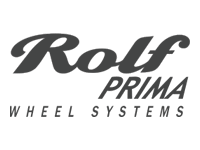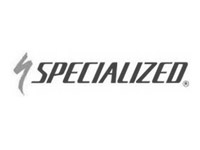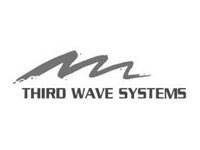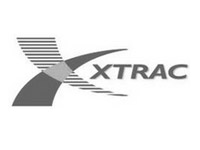Why Cost Segregation
Tax Deferral Strategy
Many property owners who construct, renovate, expand, or acquire facilities often miss out on cost segregation opportunities. These provisions can defer federal and state income taxes, allowing owners to avoid premature tax payments.
As a tax-deferral tactic, Cost Segregation accelerates depreciation deductions during the early years of property ownership. Shorter-lived components (e.g., carpeting, lighting, specialized equipment) are classified as personal property or land improvements, allowing for front-loaded depreciation deductions. As a result, the cost components of the building are properly classified into significantly shorter tax lives of 5, 7, and 15-year—rather than standard 27.5 or 39-year depreciation periods.
Implementing these strategies for tax deferral can inject cash back into your business, enabling you to focus on your most critical business objectives.
Cost Segregation Opportunities
1. Businesses that own commercial real estate, such as office buildings, manufacturing facilities, warehouses, healthcare facilities, self-storage, and other building types.
- Bottom Line Impact – Cost segregation reduces taxable income, leading to lower tax bills.
- Cash Flow Boost – Accelerated depreciation means more cash in hand for other business needs.
2. Real Estate Investors in commercial and residential real estate, including apartment buildings and short-term rental can significantly enhance their cash flow that can be reinvested into additional properties.
- Acquisitions – When acquiring properties, cost segregation allows you to maximize depreciation deductions early on.
- Developments – For new developments, segregating costs optimizes tax benefits by identifying shorter-lived assets.
- Renovations – If you’re renovating, reclassifying components can enhance cash flow and ROI.
3. High-Income Individuals in higher tax brackets who own real estate can benefit significantly from accelerated depreciation to reduce taxable income.
- Tax Efficiency – Those in higher tax brackets benefit significantly. Cost segregation helps manage tax liability.
- Wealth Preservation – By maximizing deductions, you can protect wealth and enhance long-term financial stability.
Cost Segregation by the Numbers
$5M
Newly constructed manufacturing facility placed in service in 2022
$1.28m
Property identified to reclassify for shorter depreciable lives.
$1.13m
Depreciation increase in first 5 years of ownership compared to the standard depreciation without a study
$416k
Additional cashflow over the first 5 years of ownership
$325k
In Net Present Value of Tax Deferral in the first 15 years based on a 7% rate of return
The Right Time
1. New Construction or Property Acquisition
- Ideal Moment – as soon as you acquire, construct, or remodel a building.
- Why It Matters – you can maximize tax savings while potentially spending the most dollars on your real estate.
2. Recent Building Renovations or Improvements
- Scenario – you’ve just given your property a fresh makeover or significantly added square footage.
- Tax Benefit – cost segregation during this time can unlock hidden tax savings.
3. Change in Property Use
- Shifts Happen – Maybe your property’s purpose evolves from residential to commercial or vice versa.
- Why It Matters – A cost segregation study adapts your tax strategy to match the property’s new purpose
Look Back Studies
You missed out on doing a Cost Segregation study when you first placed your property in service? No problem!
The IRS permits taxpayers to retroactively claim depreciation on a property they still own, going back as far as 1986. This catch-up process allows building owners to claim the depreciation they should have taken since the property was placed in service, without needing to amend prior tax returns. The depreciation identified through a detailed engineering-based cost segregation report is accounted for in the year you choose to make the election by completing the IRS Form 3115.
Hull & Knarr Experience
01
FEASIBILITY


Estimate of potential benefits for specific buildings. Our team identifies the property owner’s tax position and significant property characteristics to estimate study benefits.
02
GATHER


Next, our team collects documents like appraisals, property condition reports, ALTA surveys, closing purchase documents, blueprints, vendor reports, and/or construction documents.
03
ANALYSIS


After the standard data collection, we we conduct an on-site tour, examine relevant documents, classify cost information, including personal property and land improvements.
04
Arrive


At this point, we create a comprehensive report, including study results, methodology, property photos, and tax law support. This report becomes the basis of your audit defense.
Featured Projects

